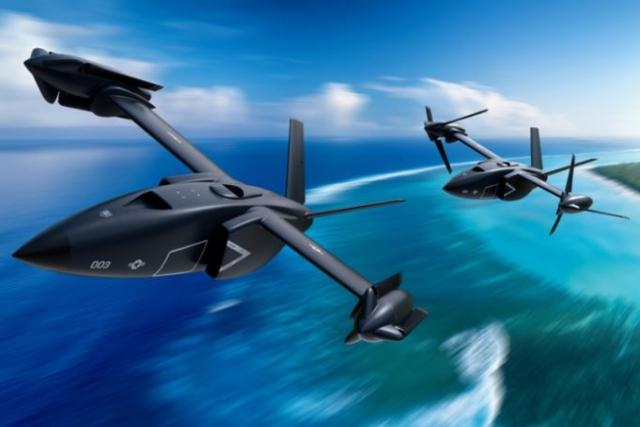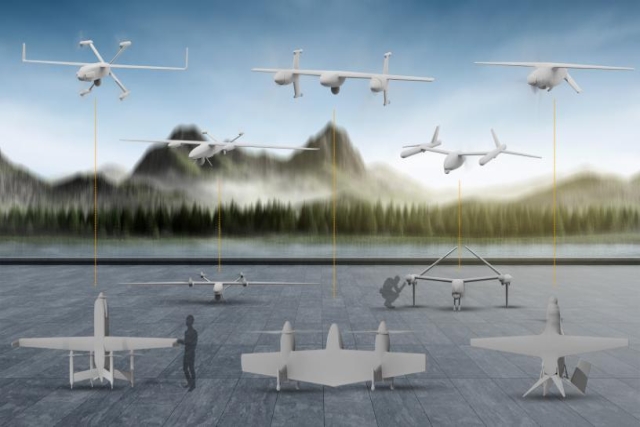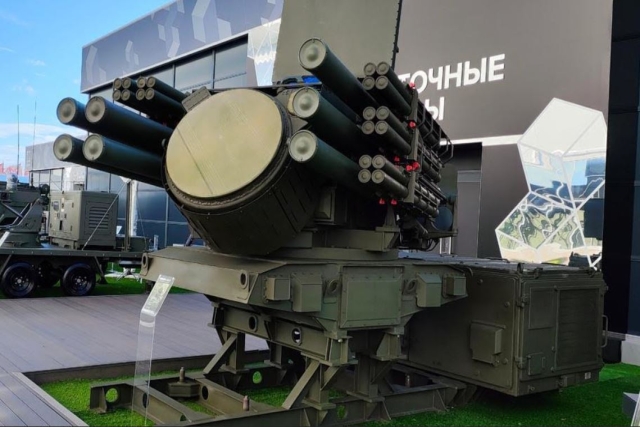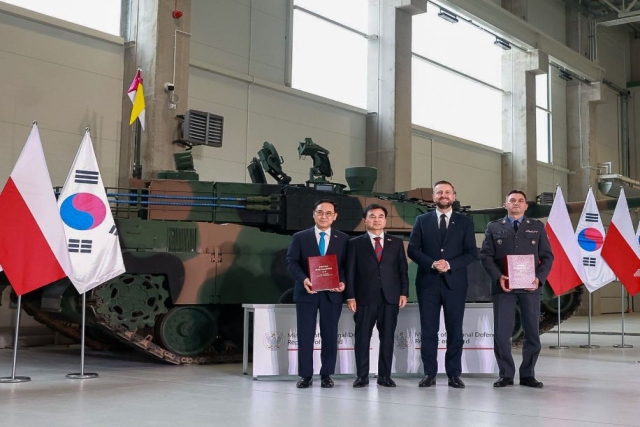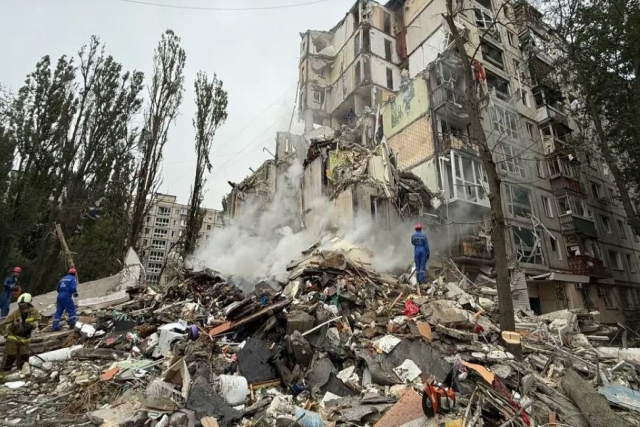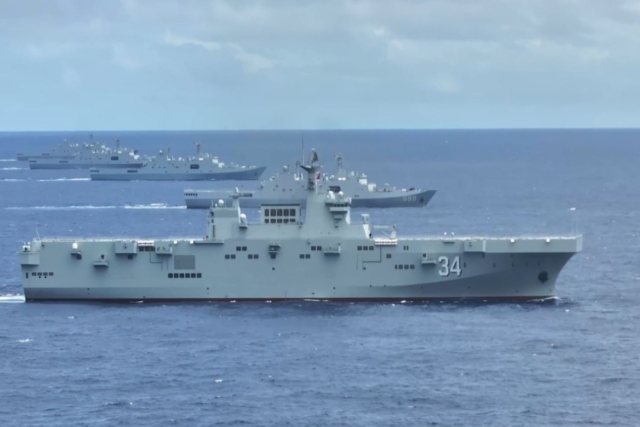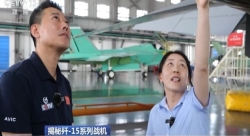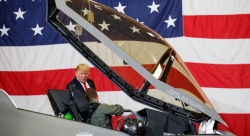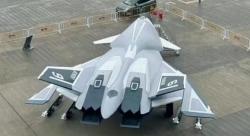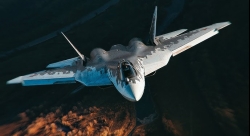Pentagon’s Defense R&D Agency Teams with Texas A&M to Deploy Autonomous Helicopters for Wildfire Response
Texas to serve as testbed for DARPA’s ALIAS program, enabling 24/7 autonomous firefighting missions

The Defense Advanced Research Projects Agency (DARPA) is partnering with the George H.W. Bush Combat Development Complex (BCDC) at the Texas A&M University System to develop autonomous wildfire-fighting capabilities using technology from its Aircrew Labor In-cockpit Automation System (ALIAS) program.
The ALIAS program enables autonomous flight by retrofitting existing aircraft. DARPA now aims to apply the system to wildfire response, allowing helicopters to suppress fires with greater speed, precision, and around-the-clock operations.
The Texas Legislature has allocated $59.8 million in its 2026–2027 budget to support BCDC’s role in advancing this goal.
DARPA’s Commercial Strategy Office is backing the project with resources for software development, high-fidelity simulations, and integration efforts to adapt ALIAS for wildland firefighting.
ALIAS is powered by the MATRIX autonomy toolkit developed by Sikorsky, which has already demonstrated autonomous fire suppression in California and Connecticut using MATRIX and a commercial wildfire software solution.
ALIAS addresses manpower challenges by offering optional autonomy to ease pilot shortages, enhances safety by operating in hazardous conditions, and boosts effectiveness by enabling 24/7 operations.
Since its launch in 2013, ALIAS software has been demonstrated on about 20 aircraft platforms—both fixed- and rotary-wing—including extensive testing on the UH-60A Black Hawk. A MATRIX-flown Black Hawk has carried out missions such as supply delivery, medical evacuation, and firefighting.
The U.S. Army is finalizing the retrofit of a UH-60L helicopter with MATRIX and is exploring similar integration for the CH-47 Chinook.
DARPA says the same autonomous systems being validated for firefighting can also support missions such as search and rescue and disaster response—serving both military and civilian needs.

